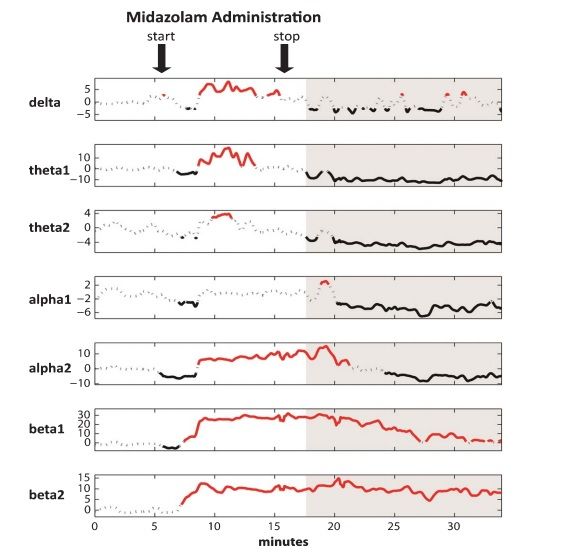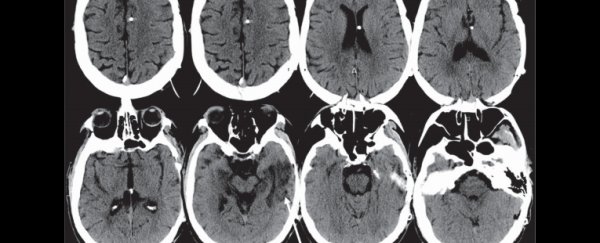A minimally-conscious patient in Pisa, Italy, who was given a common anti-anxiety medication has unexpectedly "woke up" and started chatting with the anaesthesiologist.
He also called his aunt over the phone and congratulated his brother on his recent graduation. Then, just as suddenly, he returned to a near-vegetative state when the drug wore off, as Michael Byrne reports for Motherboard.
The patient, who suffered brain injury as a result of a motorcycle accident, was given the drug called midazolam in order to lightly sedate him for a CT scan, but instead it appeared to restore him to a normal state with no memory of his accident or current situation.
The team has since given him the drug again, and it repeatedly woke him up out of his state, and allowed him to converse and interact "appropriately".
Described by a group of neuroscientists in the current issue of Restorative Neurology and Neuroscience, the case is the first recorded example of midazolam awakening a patient from a minimally-conscious state.
While giving the drug to the patient, neuroscientists used an EEG device to record the activity in the task-positive network and the linguistic network.
The authors write in the article:
"Our attention has focused on these two particular networks because we believe that their functional improvement has substantially contributed to determine the awakening reaction presented by our patient.
The task-positive network, in fact, has to deal with the ability to cope with and solve cognitive tasks that require explicit behavioural responses, while the linguistic one deals with language comprehension and production."
As you can see in the images below, the drug caused a change in the pattern of these regions. The regions shaded grey represent the time during with the patient woke up.
 Maria Chiara Carboncinia et al.
Maria Chiara Carboncinia et al.
These types of awakenings have occurred before with other depressants, as well as some stimulants. But this is the first time midazolam has been used in this way.
The researchers believe it could be helping to increase the frequency of brain waves in the patient.
Byrne writes for Motherboard: "The "power spectrum" of these frequencies is biased in different ways in minimally-conscious or catatonic patients; the peak frequency for this particular patient is around 7 Hz. Midazolam appears to smooth the power spectrum out, limiting the harmful bias."
While this treatment may not work for everyone, it offers a new therapy option that other doctors and researchers can try.
